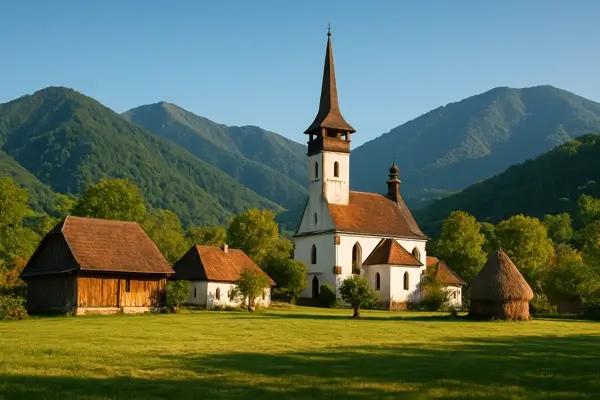
Home of Dracula’s Legend – Romania is famously associated with Dracula, inspired by Vlad the Impaler, a 15th-century ruler of Wallachia. The legendary Bran Castle is often linked to the Dracula myth.
Transylvania Is Real – Transylvania, often thought to be fictional, is a real region in Romania known for its forests, castles, and medieval towns like Brașov and Sibiu.
Birthplace of the Modern Fountain Pen – Romanian inventor Petrache Poenaru created the first modern fountain pen in 1827, which was patented in France.
A Land of Castles and Fortresses – Romania is dotted with over 200 castles and fortresses, including the Corvin Castle, one of the largest Gothic-Renaissance castles in Europe.
Second-Longest River in Europe – The Danube River, Europe’s second-longest, flows through Romania and ends in the Danube Delta, a UNESCO Biosphere Reserve teeming with wildlife.
Rich Folklore and Traditions – Romania has a deep tradition of folklore, music, and dance, especially in rural areas, where customs have been preserved for centuries.
Beautiful Carpathian Mountains – The Carpathians offer some of Europe’s most pristine natural landscapes, with opportunities for hiking, skiing, and spotting bears and lynx.
One of the Fastest Internet Speeds in Europe – Romania consistently ranks among the countries with the fastest internet speeds on the continent.
Painted Monasteries of Bukovina – In northeastern Romania, the UNESCO-listed painted monasteries, like Voroneț, are famous for their vibrant exterior frescoes.
Latin Roots in Eastern Europe – Romanian is a Romance language, making it one of the few Latin-based languages spoken in Eastern Europe, alongside its Slavic-speaking neighbors.
